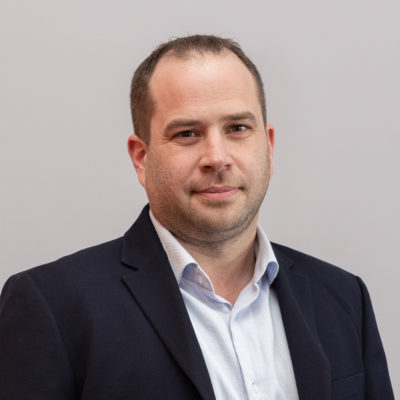

The key element of an ultrasonic device is the transducer, which is the component that will convert electrical energy into acoustic energy and vice versa. The reference technology for converting ultrasonic waves into electrical signals and vice versa is that of piezoelectric materials. New approaches are emerging, in terms of conversion, which consist in using, to produce ultrasonic membranes of micrometric size grouped by hundreds on the same silicon substrate and close enough to emit an ultrasonic field of significant intensity. These technologies are acoustic MEMS (MicroElectroMechanicalSystems) that are realized with the manufacturing processes of microelectronics, thus offering many advantages in terms of manufacturing volume, reproducibility, but also integration. Two technologies exist, the CMUT (Capacitive Micromachind Ultrasonic Transducers) where the membranes are operated by electrostatic forces and the PMUT (Piezoelectric Micromachind Ultrasonic Transducers) where the actuation is performed by piezoelectric materials of micrometric thickness. The probe volumes that we are able to manufacture at the same time need to revisit the techniques of characterization of ultrasonic transducers, with in particular the same measurement means as those used in the microelectric industry. The CARACUS project aims to develop and exploit new tools, including the development of in situ metrology equipment capable of electrically testing and measuring all components manufactured on the same wafer (before cutting chips) and on the other hand, metrological means to evaluate the final performance of the developed device, relying essentially on measurements of ultrasonic pressure radiated.
There are no benefits for this project at this time
Project leader

Member partner

Start of the project on27 / 07 / 2024
Strategic business lines
 Électronique : matériaux, composants et sous-systèmes
Électronique : matériaux, composants et sous-systèmes
Referent of the project
 Sébastien DESPLOBAIN
Sébastien DESPLOBAIN
07 86 53 38 74
sebastien.desplobain@s2e2.fr
Centre-Val de Loire